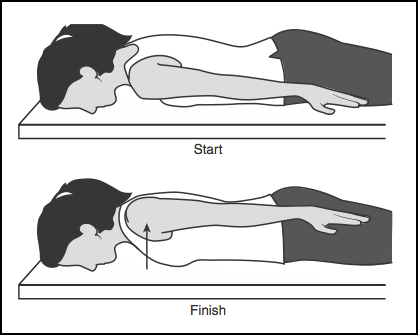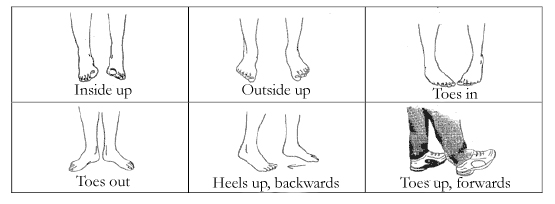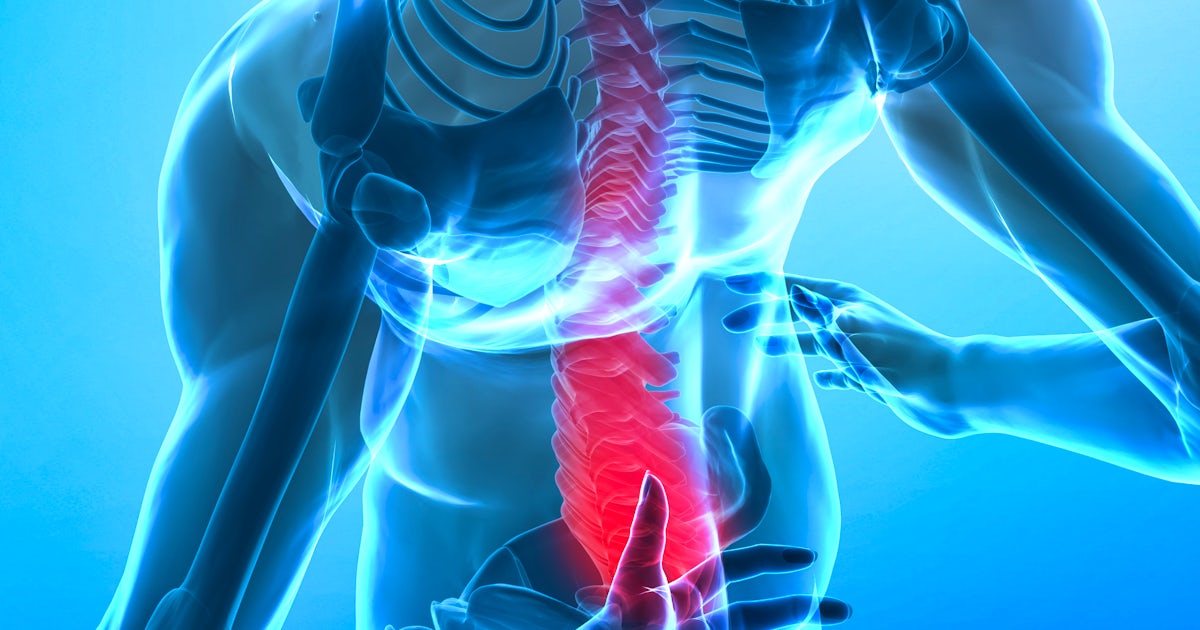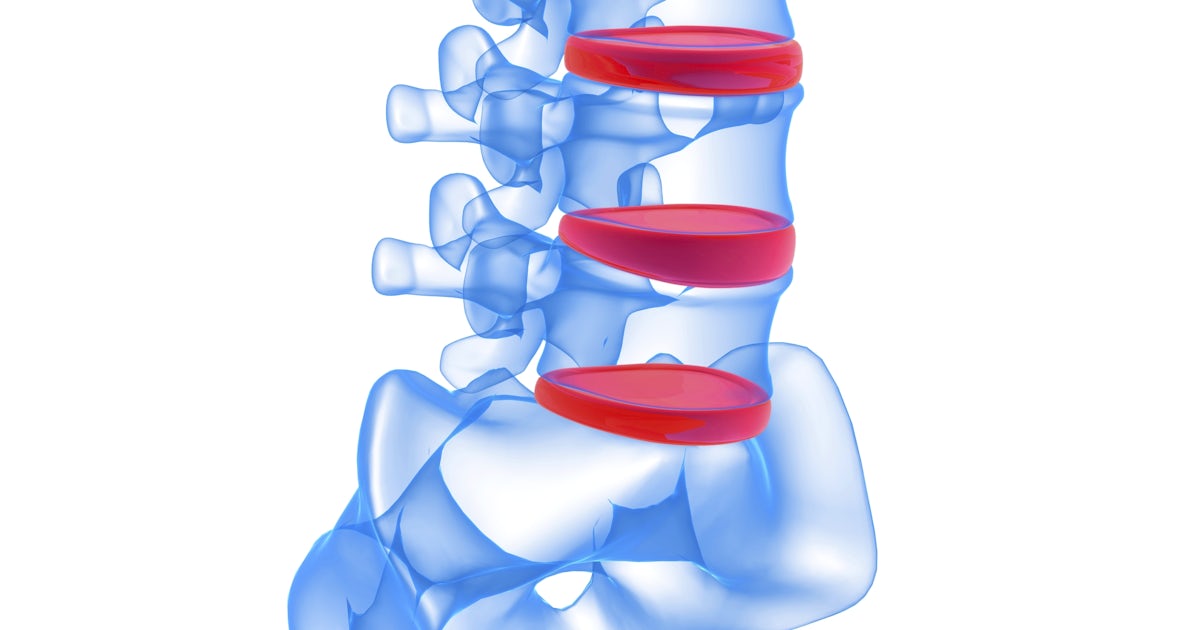Any avid runner will tell you they are always pushing themselves to hit a PR. The problem is, over-time the harder we push our bodies the more likely that they are to break down!
Since running is very linear some of the more common injuries that prevail are those of over-activity, or tendonitis. If you are not already doing so, you should and will need to include cross-training or weight training days if wish to continue to improve at a healthy pace. By working a few key problem areas you will not only increase your PR, you will decrease the likelihood of an injury. Try these 3 exercises below on your next cross-training day and enjoy a faster, healthier run.
1.The Scapular Retraction- Have you ever had anyone film you running a race or an event? If so, you undoubtedly noticed the change in posture from the begging of the race to the end. In the beginning you were likely chest up, head-up, torso engaged. As our bodies wear and our muscles get tired your shoulders will slowly begin to round forward pulling your head forward. This will not only increase the pressure in your spine, it will decrease the amount of blood and oxygen your body is able to transport to your lungs and brain. Posture is very important to running and gait! by engaging your rhomboids it will ensure better posture even when you are fatigued:
 Begin face down, palms down, squeeze shoulder blades together and hold for 2-3s. Perform 3 sets, 10 reps. 3x/week.
Begin face down, palms down, squeeze shoulder blades together and hold for 2-3s. Perform 3 sets, 10 reps. 3x/week.
2. The Plank- Like upper body posture, lower body posture is equally important. Many runners tend to have over active hip-flexors and lower backs. This is usually always a compensation pattern for a weak core. The core muscles must contract during all phases of gait and running, ensuring a stable lower back and pelvis. Stability= healthy hips and lower back. Lumbopelvic instability in runners leads to injuires such as: runners knee, piriformis syndrome, and hip bursitis. The plank is very effective at circumferential activation of the core (it works all of the muscles).
 Begin slow, starting at 3 sets of 10-20s holds. It is important to remember the goal of this exercise is to maintain a neutral spine by contracting your abdomen.
Begin slow, starting at 3 sets of 10-20s holds. It is important to remember the goal of this exercise is to maintain a neutral spine by contracting your abdomen.
3. Foot Drills- It is our feet that take the brunt of the force when we are running. Even with proper fitting shoes, muscles become tight and often times inhibited leading to issues such as pronation. This will cause issues such as Achilles Tendonitis, or Plantar Fasciitis. Try these drills below to target the key muscles in your feet involved in running and gait.
 Perform each drill once for 25 meters, 3x/week.
Perform each drill once for 25 meters, 3x/week.
Already experiencing pain when running or training? Dont wait schedule online or call today!


